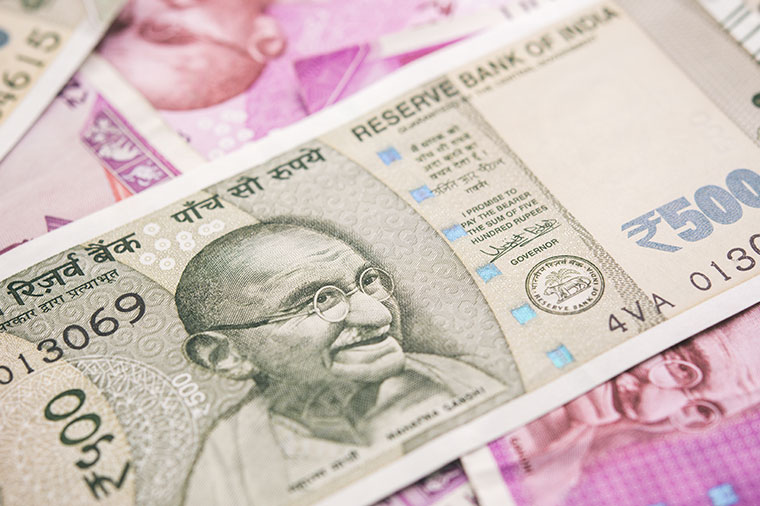EPFO Introduces EPF Pension Calculator
In 1995, the Employees' Provident Fund Organization (EPFO) introduced a new pension plan. Additionally, a provision for the PF holder to receive a pension was included in this. On its website, EPFO recently added a pension calculator which makes it simple to calculate your pension. It will help to calculate the total amount of pension an individual will receive after retirement and how much pension will an individual hey if he starts to claim benefits at the age of 50. It will also explain that how those who began receiving pensions on or after April 1, 2014, may utilise the EPS calculator.
Here is the complete process listed below in easy steps:
Step 1: Fill in the pensioner's birthdate on the website. Before utilising this calculator, the EPF member's date of birth must have been on or after 1 April 1953 and they must have reached the age of 58 as of 1 April 2011 in order to qualify.
Step 2: After providing the birthdate, you must fill out the calculator with your joining and service exit information, including your retirement date. The joining date for the service must be on or after November 16, 1995, under EPFO regulations.
Step 3: After this, you must input the NCP Day number. NCP, or non-contributory period, refers to a time period during which neither you nor your employer paid your EPF payment. This can also be understood to mean that the day you are on vacation is referred to as your non-contributory time. NCP comes in two varieties. NCP Days must be entered in NCP-1 through August 31, 2014. However, NCP days that occur after August 31, 2014, will be noted in NCP-2.
Step 4: If a member has worked at more than one location, he may add all those terms, according to the EPFO. If you comprehend this in such a manner that you can input the work completed in both firms over the service time, for example, if you worked for two years in one company before spending three years in another.
Step 5:Following this, you will see the system's start date for the pension. There, enter the day you got your first pension.
Step 6:The pensionable wage will then be written down. You enter your salary here. The average income from the previous 12 months, if your pension was begun on or before August 31, 2014, and the average income from the previous 60 months, if your pension was started after that date, will determine your pensionable wage.
Step 7: The highest limit of pensionable income, as per the EPFO's new regulations, was Rs. 6500 till August 31, 2014, but was extended to Rs. 15000 for a later date, i.e. 15000 until September 1, 2014, for the purposes of this calculator. And as of August 31, 2014, Rs. 6500 should be the maximum annual income.
Your monthly pension will be shown on the calculator once all the information has been entered. According to EPFO, starting on September 1, 2014, pensioners will receive a minimum pension of Rs 1,000. In other words, if your pension drops to Rs 540, EPFO will still pay you Rs 1000 in pension.
According to EPFO, pension benefits begin to increase after 50 years. However, if you draw your pension before age 58, EPFO will deduct at a rate of 4% per year. In other words, the amount will be decreased at a rate of 4% for the number of years before the pension is received from 58.
A concrete example can help you comprehend the entire procedure. A member who was hired on November 27, 1995, and who was born on October 2, 1964, will retire with a pensionable income of Rs 15,000 on January 21, 2022, if there have been no NCP days. After entering all of the relevant data into the calculator, it is clear that, if his pension is to begin on January 21, 2022, he will receive a monthly pension of Rs 3327.
Share on:




